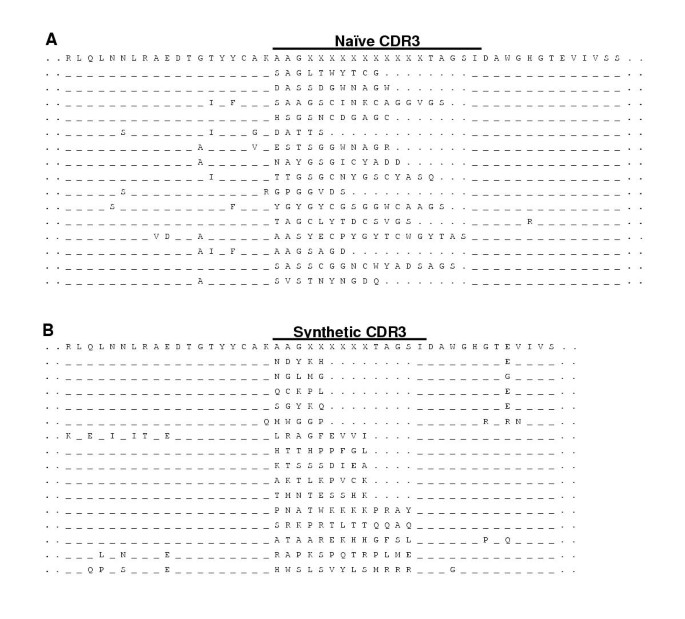
To reset the flag on any tape to good (green), including those that are fair (yellow) or unknown (grey), open a command line and navigate to \bin\ under the Data Protector install directory, and then issue omnimm -reset_poor_medium, as in the screenshot below, which shows me setting a fair tape named AK0722元 back to good. So, really, the media state flag is useless, and will only prevent a poor (red colored) tape from being used for backups.

or even a network hiccup, and anything else that could possibly create a write or read error to or from the tape. that particular tape got marked bad as a result of the errors registered on it, independent of whether or not those errors are due to bad media, corrupt source data, a drive that needs cleaning. It doesn't know what the hell it's talking about. For more information on this issue and for a list of well-known SIDs that are defined in DSSL, click here.As someone who has to work with what HP thinks passes as backup software (for another couple weeks at least), I can attest that you don't need to worry about what Data Protector says about your media state.


For example, this behavior occurs if you name a user or a group "SA." The "SA" abbreviation corresponds to the SDDL security identifier (SID) string that represents the built-in Schema Admins group. The advantage of Plex is that it has great media library management and.

This behavior occurs if a user or a group name that is referenced in a Group Policy Object corresponds to an abbreviation that is defined for a built-in group that is used by the Security Descriptor Definition Language (SDDL) format. Building that server on your PC or a NAS drive has always been a great option.


 0 kommentar(er)
0 kommentar(er)
